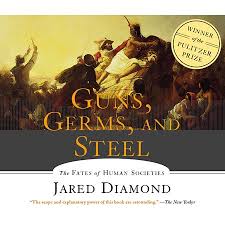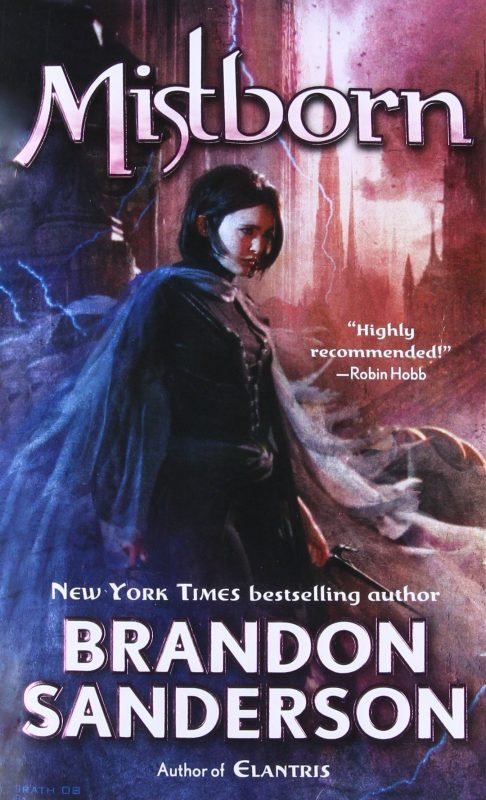 Guns, Germs, and Steel: The Fates of Human Societies by Dr. Jared Diamond
Guns, Germs, and Steel: The Fates of Human Societies by Dr. Jared Diamond
If you’ve ever wondered why human history over the last 10,000 years has turned out the way it has at a macro/global scale – this is a fascinating and accessible read. Dr. Diamond brings together multiple disciplines to try and understand the different advantages humans have had depending on their local geography and why certain events were driven by the factors outside our control. For example, the plant species in the fertile crescent happened to be the most ammenable to becoming crops for human consumption. This in turn lead to the rise of agriculture in the fertile crescent much earlier than in regions where the plant species were harder to domesticate.
Guns, Germs, and Steel was written in 1989 and shortly won a Pulitzer Prize. While the field of history has developed significantly since then, Guns Germs, and Steel is a good starting point to study the environmental factors that have influenced the development of history.
 Mistborn: The Final Empire by Brandon Sanderson
Mistborn: The Final Empire by Brandon Sanderson
The world is plagued by near constant volcanic erruptions of ash that smother the empire and make resources scarce. Society has been stratified to the haves (nobility) and the have-nots (Skaa). The nobility survive by their obedience to the Lord Ruler an immortal ruler who grant the ability to use some magic power to those families who earn his favour. But some of the Skaa have had enough and plot to rebel and take down the Lord Ruler. The rebels find Vin, a skaa orphan with access to powers usually limited to the nobility, and begin the preparations in earnest.
Mistborn stands out because of the internal consistency of it’s magic system and its surprising twists. People are only able to use 1 of 16 abilities and then only if they have access to sufficient and enough metals. Vin, a mistborn, has access to all 16. This carefully crafted magic system requires characters to be creative and careful with their powers rather than just “finding” powers to explain plot holes.
– by Sahir Moosvi
